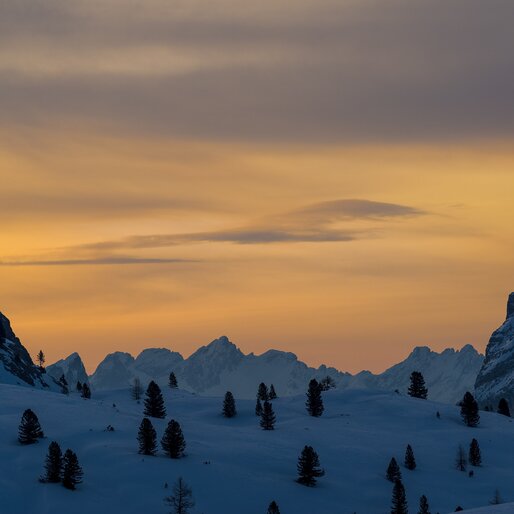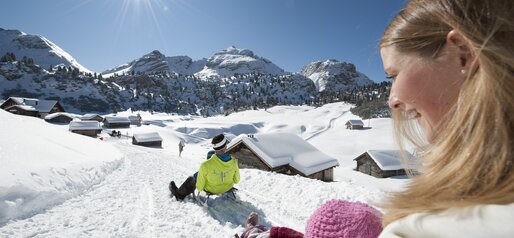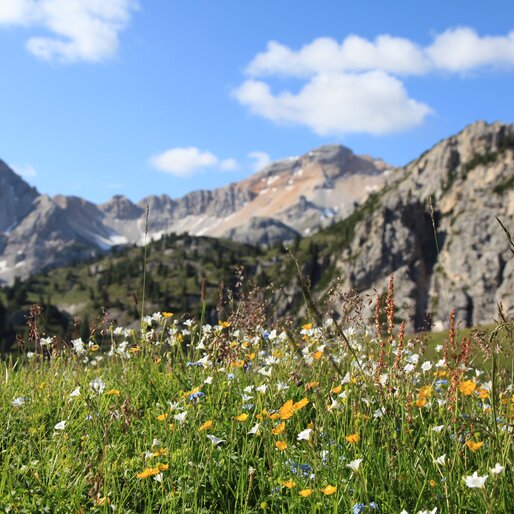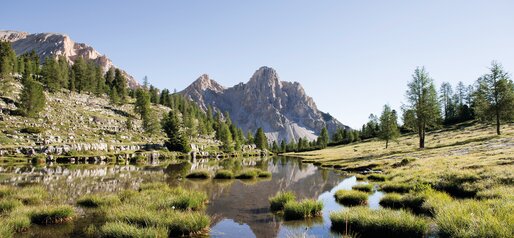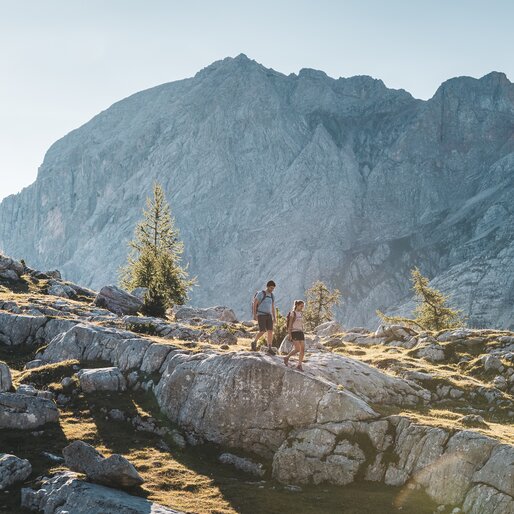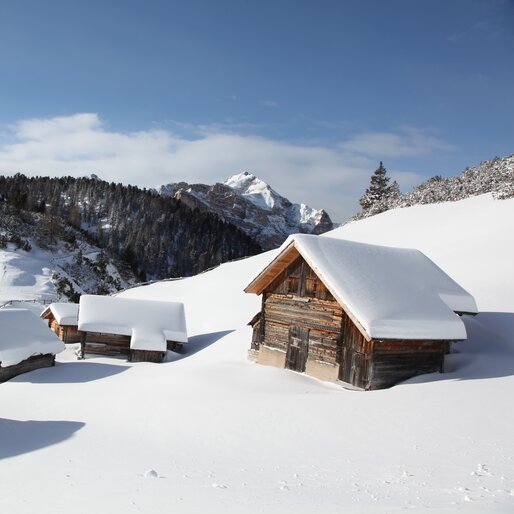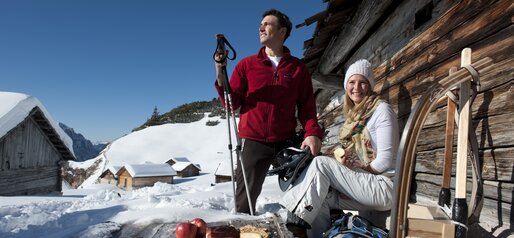Sustainability


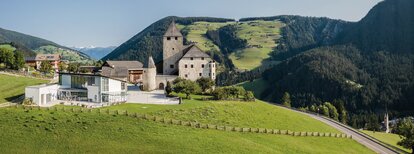

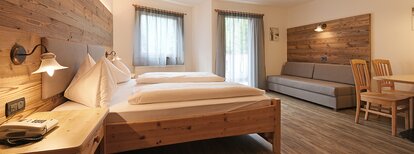
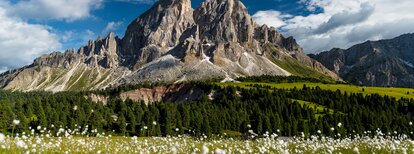
Covering almost 26 thousand hectares and with vast high plateaus crowned and cut through by steep Dolomite rock walls, the Fanes Senes and Braies nature park is the second largest of the South Tyrolean parks, after the Tessa Massif nature park. Its many special features, as well as some of the most beautiful Alpine Dolomites views and easy access from many directions, is of primary importance to the fauna which find a natural habitat here and whose variety can certainly be considered representative of the whole Dolomite region. A significant example is Megachirella Wachtleri, a lizard found in a fossilized state twenty years or so ago right here and which, using modern scientific techniques, was revealed in May 2018 to be the precursor of all modern lizards, the most ancient example dating back as far as 250 million years ago. This was made possible in particular by the variety of habitats present, today and at the dawn of time, in the valleys and the most difficult to access mountain areas.
The existing various layers of vegetation vary from low mountain forests to typically rocky vegetation. Altitudes vary, for the most part, between 1500 and 2500 meters above sea level with only the highest peak, Conturines, just above 3000 meters.
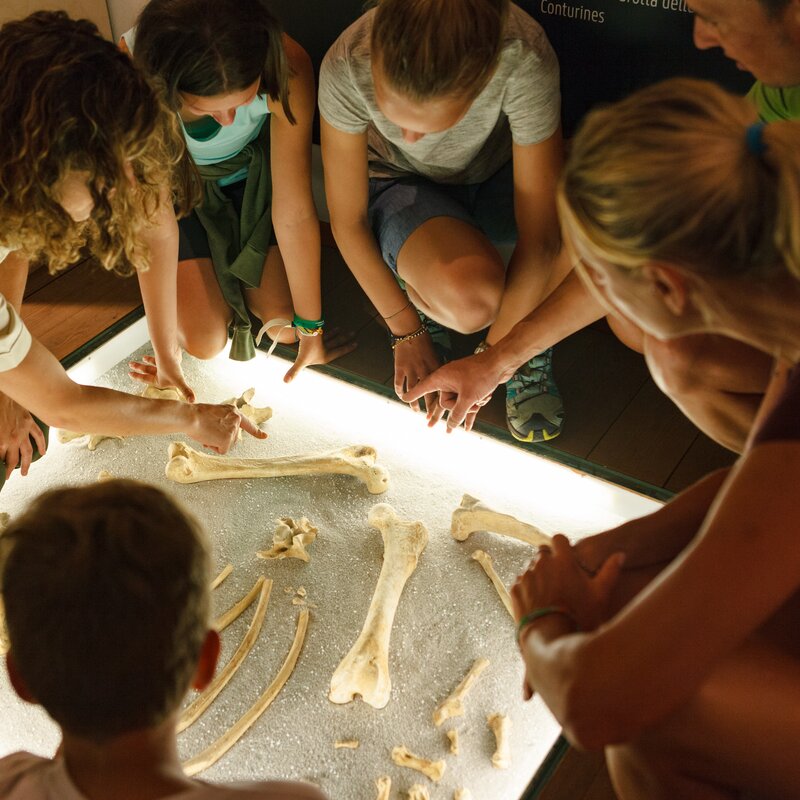
The Fanes, Senes and Braies nature park visitors’ center in San Vigilio di Marebbe, is a scientific compendium transformed into images, information, documentation, curiosities and examples of nature and the ecosystem which guests will find when they visit the various protected areas making up the park’s 25,453 hectares, including the town areas of Marebbe, La Valle, Badia, Cortina d’Ampezzo, Braies, Valdaora and Dobbiaco.
Entry to the visitors’ center is free and, in its display cases and terrariums, visitors can admire some of the animals - such as insects, reptiles and aquatic fauna - which they might see in nature, while the nature park rangers will be on hand to answer questions and clear up doubts.
Find out more about the weekly activities organized by the visitors’ center for adults and children for educational, training and general interest purposes; some of the South Tyrolean parks’ institutional functions.
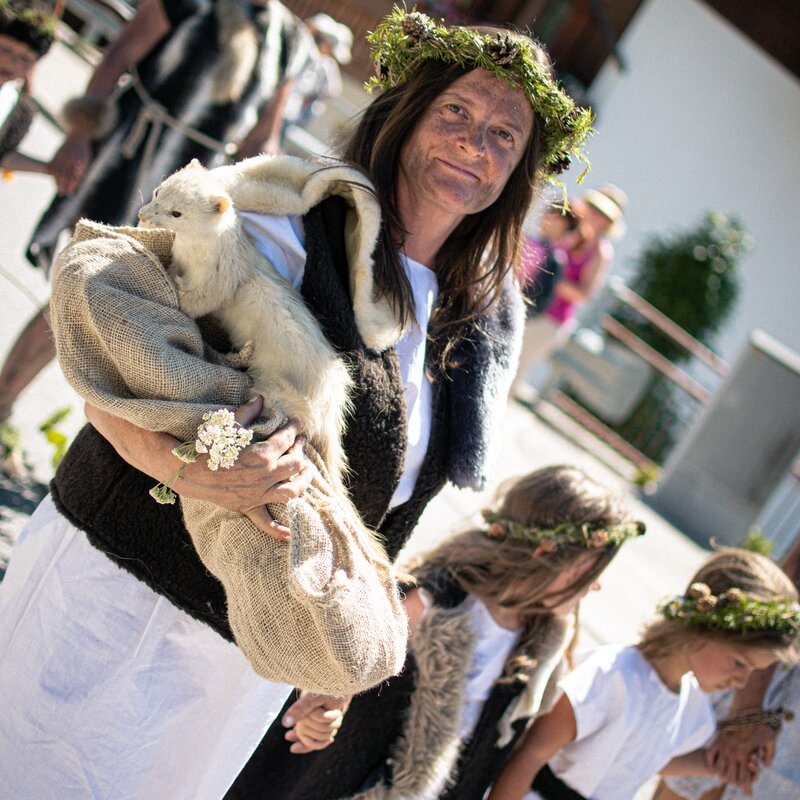
In the context of the great narrative of human history surrounding them, the Dolomites could only be the backdrop to an enchanted world of sagas and legends too. Fantastic stories telling of kings and warriors, cruel armies and defenseless peoples, territorial defense and brave princesses, animals allying themselves with the forces of good, mountains with a heart of gold, young princes and heroines in love with love. A few names? Dolasilla and Luianta, the Fanes, Laurino, Spina de Mul and Moltina, the marmot queen, Edl de Net and the Raiëta. As often happens, history ends up melding into legend too. And so here are Brach castle, the Gran Bracun and the aristocratic Brach family, enemies of the Colz, both with roots dating to the 9th century and Emperor Charlemagne.
In San Vigilio and San Martino, all good Ladins know these and many other Dolomite legends and those of their own land, while the tourist association can tell you where to find books - some of which have been made into DVDs - if you’d like to find out about them for yourselves and to entertain your children with the sagas and legends of this land.
